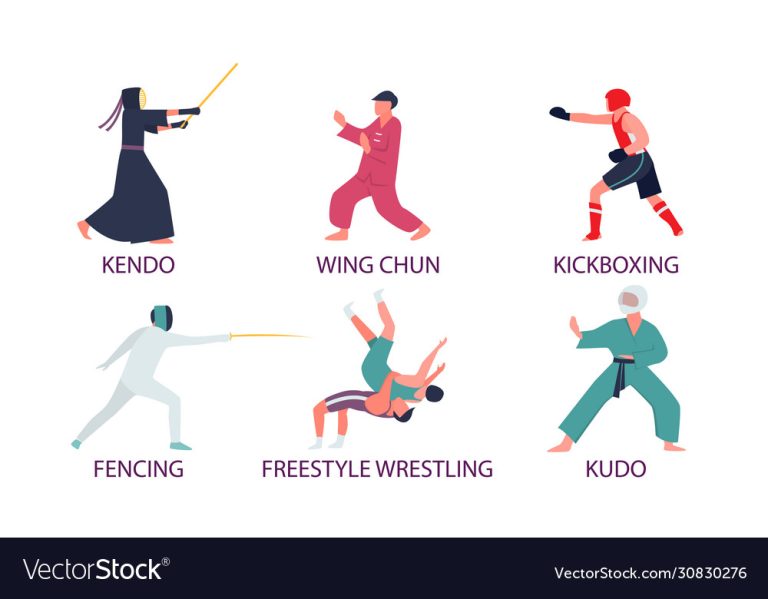Elastic Bands for Sewing: A Complete Guide
Elastic bands are a crucial component in sewing, offering flexibility, comfort, and adaptability in various garments. Whether used for waistbands, cuffs, or decorative elements, elastic ensures a snug yet comfortable fit.
Types of Elastic Bands
- Woven Elastic
Woven elastic is firm and durable, making it ideal for heavy-duty applications like waistbands in jeans or skirts. It does not roll or narrow when stretched, ensuring long-lasting performance. - Knit Elastic
This type is soft and flexible, suitable for lightweight fabrics and garments such as underwear, pajamas, and baby clothes. It retains its shape even when sewn through and does not fray when cut. - Braided Elastic
Braided elastic is commonly used in casings but tends to narrow when stretched. It works well in lightweight fabrics but is not suitable for direct stitching as it may lose elasticity over time. - Fold-Over Elastic (FOE)
FOE is a decorative elastic that folds in half, commonly used in lingerie, headbands, and stretchy garments. It provides a smooth and professional finish. - Clear Elastic
Thin and transparent, clear elastic is used in swimwear, lingerie, and lightweight fabrics. It offers support without adding bulk. - Drawstring Elastic
This type combines a drawstring with elastic, making it ideal for adjustable waistbands in sportswear and casual clothing. - best mini sewing machine Sewing with elastic bands requires understanding the different types, their applications, and the best techniques for working with them.
Ways to Sew Elastic Bands
- Elastic in a Casing
- This method involves creating a fabric tunnel (casing) and inserting the elastic inside.
- Ideal for waistbands, sleeve cuffs, and gathered skirts.
- Secure the elastic ends before closing the casing to prevent twisting.
- Direct Sewing on Fabric
- Elastic can be stretched and sewn directly onto fabric using a zigzag stitch.
- Used in leggings, swimwear, and activewear.
- Ensures flexibility without adding extra bulk.
- Elastic Shirring
- Uses elastic thread in the bobbin to create a gathered effect.
- Common in smocked dresses and lightweight garments.
- Fold-Over Method
- Often used in lingerie and sportswear, where the elastic is folded over the fabric edge and stitched down.
- Provides a neat and stretchy finish.
Tips for Sewing with Elastic
- Use a Stretch Needle: A stretch or ballpoint needle prevents skipped stitches and ensures smooth sewing.
- Choose the Right Stitch: Zigzag or stretch stitches work best for sewing elastic to maintain flexibility.
- Avoid Overstretching: Stretch the elastic evenly while sewing to prevent puckering or uneven gathers.
- Test on Scrap Fabric: Before sewing on the main project, test different stitch settings to achieve the best results.
Elastic bands are versatile and essential for creating comfortable and well-fitted garments. Understanding the different types and sewing techniques ensures a professional and durable finish in any sewing project.

